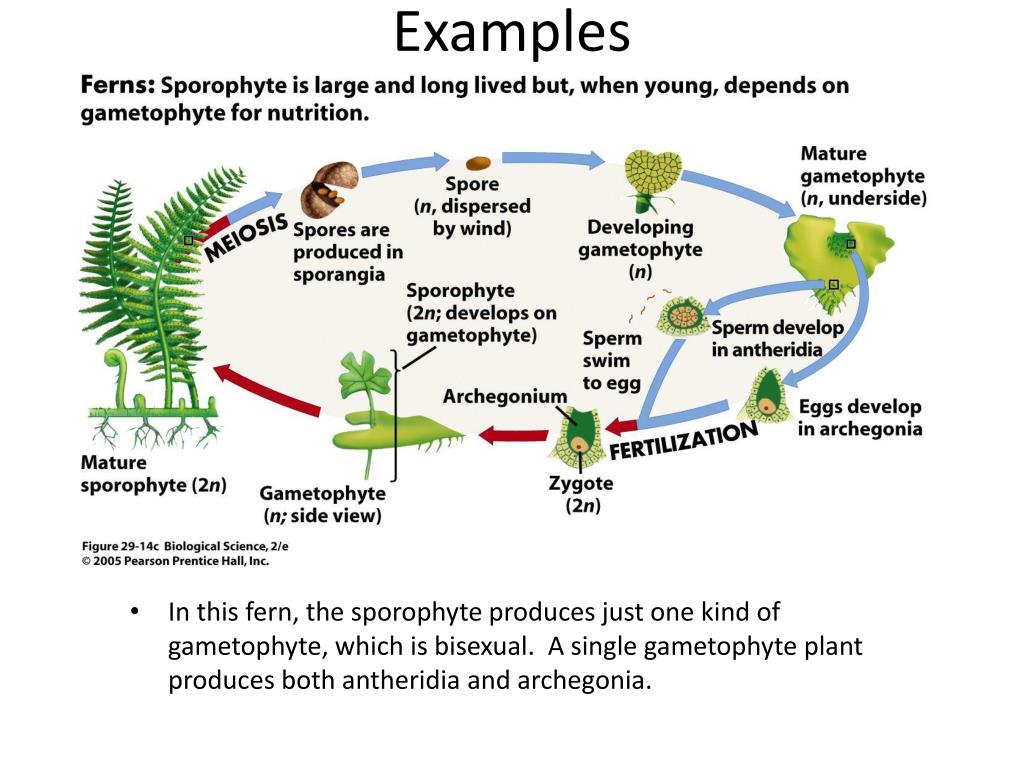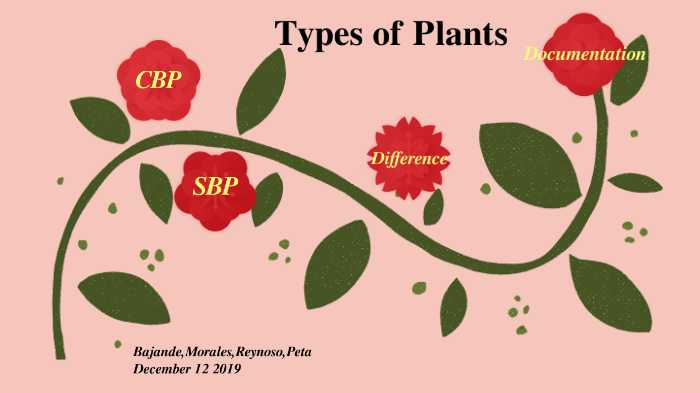


Separation of the sexes also helped reduce the rate of self-fertilization, thus reducing the risks of inbreeding. Females could invest all their energies in producing eggs and rearing embryos, no longer investing in producing sperm, and males could invest all of their energies in sperm. What might have been the advantages to this arrangement? The two sexes would produce two kinds of gametophytes that could now evolve different characteristics and exploit their habitats in different ways. Botanists have suggested that, in one of these lineages, the separation of sexes was one of the important early steps on the evolutionary way that led to seed plants. However, in a number of lineages, the sexes became separated such that distinct male and female spores were produced, and these became much smaller. In most spore-bearing species, the spores are all alike, making gametophytes that produce both sperm and eggs. Life cycles of spore-producing plant (left) and seed-producing plant (right). So the life cycle is complete-alternating a sporophyte generation with a gametophyte generation (see diagram). The fertilized egg and then an embryo with two sets of chromosomes (termed 2N) is held by the gametophyte as it grows into a recognizable moss or fern that will mature and produce spores (therefore called a sporophyte). Sperm swim around, looking for eggs to fertilize, sometimes joining with an egg from the same gametophyte. Start with spores: Spores germinate to form tiny organisms, called gametophytes because they produce gametes (sperm and eggs) that have one set of genetic chromosomes (one set is termed 1N). I thought it might be interesting to visualize those steps, to begin to understand what was involved with the process. Botanists have deduced that spores evolved to become seeds by several major steps and conjectured about what innovative features made such steps successful, such that the next generations maintained and continued those traits. A long time passed before seeds evolved (and of course they have not stopped evolving).

The first land plants evolved from green algae, perhaps five hundred million years ago or more, and dispersed their offspring as spores modern mosses and ferns still do so. And they all trace their origin to spores. They range in size from the dust-like seeds of orchids to coconuts. Let's take a look at the kinds of plants that were common then.A seed consists of an embryo with a packet of nutrition (usually), all housed in a protective coat. There were seed-bearing plants during the Pennsylvanian, but they were not similar to the modern ones. Large trees existed, but they were not woody trees they were composed of thick bark with a central, pithy core. During the Pennsylvanina, the dominate plants were spore-bearing (they reproduced by spores, not seeds). The forests of the eastern United States today are dominated by seed-bearing woody trees, bushes and herbaceous plants. The plants of the Pennsylvanian were not like those of today. For more discussion about coal, see our section on coal information.

The large number of coals in the coalfields is a result of these conditions coal is fossil peat, and peat is the accumulation of plant debris, and the abundance of plant debris results from the large lowland forests. The Pennsylvanian, for the eastern United States, was a time of tropical, humid climate and lush forests. The most abundant plant fossils in Kentucky are found in Pennsylvanian rocks in the State's two coal fields.


 0 kommentar(er)
0 kommentar(er)
